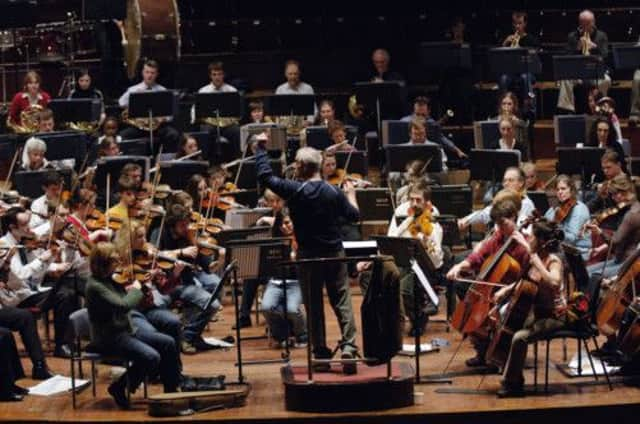Classical review: SCO: Schumann Symphony Cycle II, Edinburgh


SCO: Schumann Symphony Cycle II - Queen’s Hall, Edinburgh
* * * *
With Symphony No 2 in C, conductor Robin Ticciati deftly highlighted its mercurial spirit and the constantly shifting dynamics without wavering from the clear trajectory at its core. There were some lovely mirroring passages in the first movement and beautiful woodwind colouring, especially from the bassoon which shadows the wistful oboe and clarinet lines, in the adagio.
After a move to the Rhineland, Schumann wrote Symphony No 3 in E flat Rhenish in 1850. While the second symphony felt light and spacious despite its conflicted nature, the third is more dense and brass-dominated. The four horns add a dash of majesty while also helping to create more harmonic stability. After an energetic first movement, Ticciati lets the ebb and flow of the Landler relax around a gorgeous cello melody before a chorale-like intermezzo which paves the way for the fourth movement. The brass provide a stately feel which works its way, along with material from the previous movements, into the exuberant finale.
Advertisement
Hide AdBrahms’ Violin Concerto is a well-known work, therefore it’s often difficult for soloists to stamp their individuality on it. Alina Pogostkina’s delicate approach to this warhorse was in many ways refreshing. However, her tendency to play from within the orchestral texture meant some of her passages were lost in the more robust outer movements.